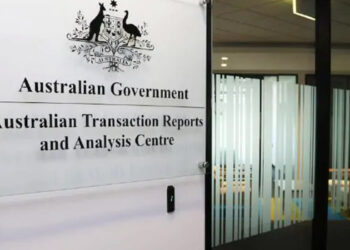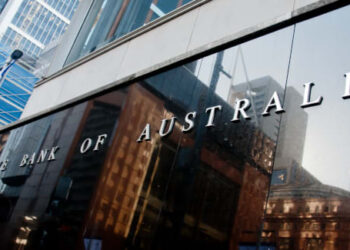AustralianSuper and Australian Retirement Trust (ART) have each set a goal to reach $500 billion in assets under management by the end of the decade, in a landscape where Australia’s $3.39 trillion superannuation industry could be dominated by a small number of so-called “mega funds”.
Mergers and consolidation in the super industry have continued at pace in recent years, as funds are forced to respond to new regulations such as the Your Future, Your Super (YFYS) reforms, and seek out merger partners in the best interests of their members.
AustralianSuper is currently the dominant player in the industry with $263 billion in assets. Last year, the fund said that it planned to grow to $500 billion over the next five years.
Meanwhile, ART, which was formed from the merger of QSuper and Sunsuper, has over $240 billion in assets. Upon announcing its third merger so far this year, ART chief executive officer Bernard Reilly said that the fund was well on its way to achieving its target of $500 billion in assets by 2030.
J.P. Morgan’s inaugural The Future of Superannuation report last year found that more than half of super fund executives believed that the pace of mergers would continue to accelerate.
“What we saw at the time was there were 174 funds when we released the report. If you look at where things are at now, there’s probably closer to 120,” Nick Paparo, J.P. Morgan’s head of platform sales – securities services, recently told InvestorDaily.
Nearly a quarter of the super executives surveyed by J.P. Morgan last year predicted that the number of super funds would shrink to fewer than 50 by 2025.
“The number is sort of academic, because where the number sits or falls is probably anyone’s guess at this point, but directionally, what it showed was that there was a view that mergers were going to continue and it would continue at a more rapid pace, and it sort of matches back to what we have seen and what we’re seeing across the market.”
Mr Paparo noted that, of the roughly 120 super funds currently active in the market, almost 90 per cent of them manage only 10 per cent of Australia’s total superannuation assets.
“The vast majority of assets are concentrated across a smaller population, which again tells me that there is still room for consolidation in the future,” he said.
The pursuit of scale, Mr Paparo said, is the ultimate reason why funds have been targeting growth, and in order to minimise the impact of administration and investment-related costs to members.
“The one theme that I have seen is, as the industry has evolved and continues to grow, there has been a huge focus on the target operating models that support these funds, and the realisation that technology and data, in particular, are becoming front and centre and one of the most important pieces to being able to respond to industry events,” he continued.
“Whether that’s having good performance, risk analytics tools, investment tools, or data warehousing tools, really giving the funds the ability to understand what their positions are and making those investment-related decisions in a timely manner.”
Regarding the future of the industry, Mr Paparo predicted that mergers would likely continue at a rapid pace, while technology and data would continue to play a prominent role.
“I have a very positive outlook on the superannuation industry. I’m a big supporter of it. It doesn’t mean we always get it right, but we’ve got a great foundation where if things need to be responded to, we’re at a position where the industry has evolved to a certain level to be able to do that. The sustainability of our system is critically important,” he said.
Funds tipped to reach $1 trillion milestone
Last year, KPMG Australia predicted that AustralianSuper and ART would each reach over $1 trillion in assets by 2040. But KPMG partner Platon Chris noted that this analysis was based on organic growth and did not include the impact of mergers.
“If they do undertake any further mergers, that will obviously expedite the pace that they’re travelling at and will hit $1 trillion before 2040,” he told InvestorDaily.
“We’ve taken a conservative view in relation to our analysis and thinking through the growth of those funds by membership and also investment returns, so we do think both of those funds are on track to hit $1 trillion and most likely it will be before the 2040 timeline.”
Mr Chris noted that the super industry is experiencing notable growth, especially among leading funds such as AustralianSuper and ART.
“We anticipate that will continue across those top 10 to 15 superannuation funds, with these two funds predominantly being the strongest performing funds in relation to funds under management growth and will continue to drive that growth and that concentration.”
Regarding concerns that super funds could end up becoming “too big to fail”, Mr Chris highlighted distinctions between the super industry and the banking industry, which is dominated by Commonwealth Bank, Westpac, ANZ, and NAB as the “big four”.
“The reality is that the superannuation industry is still at 100 superannuation funds or thereabouts, and the fact that there needs to be consolidation, there needs to be an increase in maturity levels across the superannuation industry, to meet the requirements of the regulator,” he said.
“I think that’s probably an important aspect and gives you a sense of where the industry is at in relation to the banking industry. I don’t think at the moment we could say that we’re worried about concentration of assets or assets under management in relation to the top 10–15 superannuation funds, when in particular, we compare the industry to the banking sector.”







